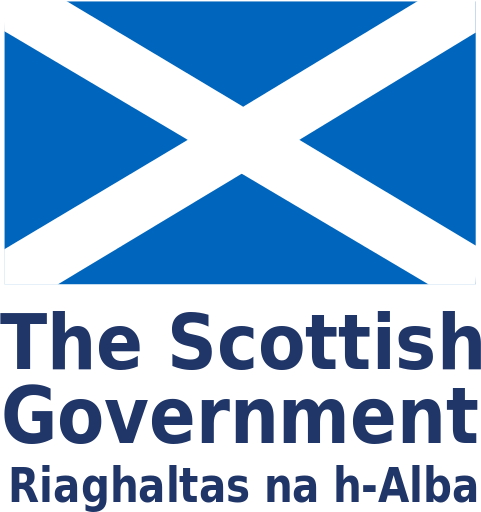- Sedentary behaviours complicate the recovery process and affect risk of recurrence. It is a challenge to establish a safe therapeutic exercise regimen to firstly regain previous stroke activity and secondly to reach sufficient activity to reduce stroke risk. Activities should be matched to ability, interests and availability.
- Find out what is available in your area and be creative!
- Bums off seats / seated exercise / bowls / golf / dancing / tai chi/ yoga / walking / cycling / gardening
- Think about types of activity for stamina, strength and flexibility and mobility (see CHSS leaflet )
- Application of Wii-Fit (Wii-Hab)
- Barriers to activity:
- Lack of interest, social support, time, opportunity, transportation, financial means
- Physical difficulties including paresis, shortness of breath, joint pain
- Dislike going out alone
- Perceived lack of fitness
- Lack of energy
- Doubting that exercise can lengthen life and lack of knowledge that exercise is beneficial to health
- There can be many barriers to people participating in activity. Think about using brief interventions to identify what might be suitable. Try to offer alternative types of physical activity.
Page last reviewed: 14 Oct 2021


